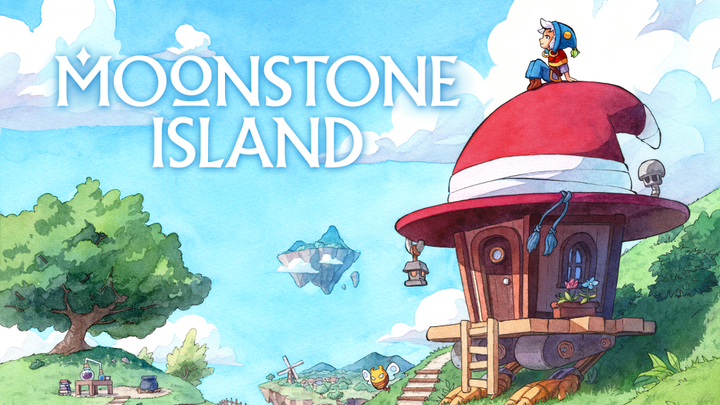When I first booted up Moonstone Island, I expected to spend a cozy time exploring quaint islands, decorating houses, and flirting with cute pixilated characters. Instead, I had a thrilling time, comprised of innumerable trips to untamed but similar-looking islands and dungeons, fighting endearing but devious spirits, and hunting for treasures.
The Spirits hunting, just like Pokemon hunting in the Pokemon games, is engaging, and the card-based combat system is more challenging and intricate than I had anticipated. But when I look at Moonstone Island's Ghibli-esque art style and the bright and cheerful persona of its main menu screen, I can't help feeling a bit disappointed by the kind of an experience it could have been, if the cozy sides of things didn't feel like a consolation prize.
Table of Contents
Moonstone Island Story & Presentation
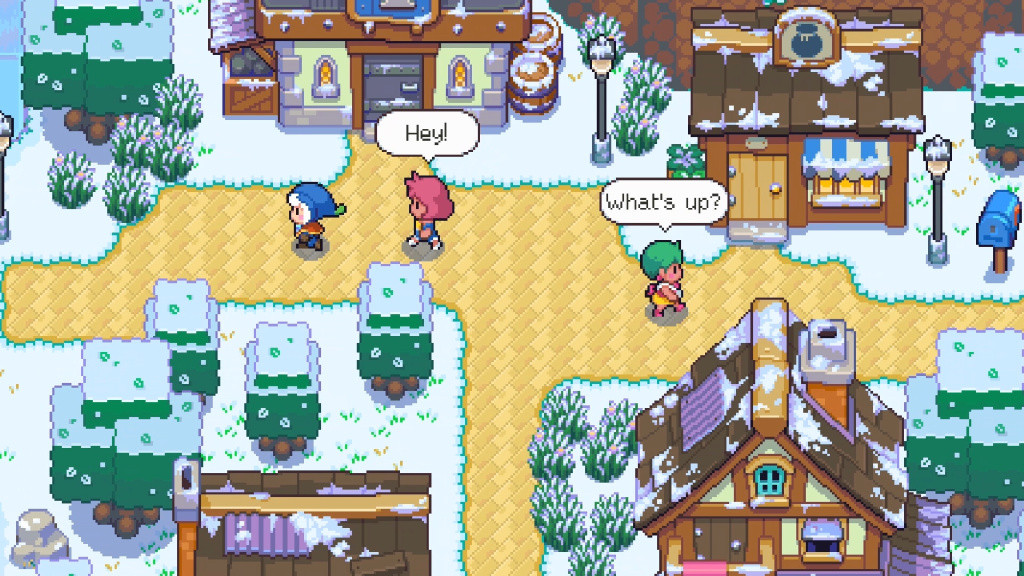
Please note that the main character in Moonstone Island is genderless, according to the game's review document. Studio Supersoft is working to change that with a post-game update, but for now, I have taken the liberty to refer to the main character as "they/them."
In Moonstone Island, you play as a young alchemist in the making who comes to this island in the sky to complete their alchemist training. After a couple of life lessons and a heartful goodbye from your parents, you hop onto your magic broom and set its course to Moonstone Island.
Of course, things don't exactly go as planned, and you end up crashing your broom on an unknown island and passing out on the ground. You wake up the next day miraculously in a tavern on Moonstone Island, as its owner, Ossono, recaps how she found you passed out last night outside the island. After a quick chat and a gentle reminder from Ossono that she would eventually start charging rent for staying at the inn (50 gold coins a night, would you believe?), you're free to indulge in any of the game's activities.
The main story takes place over a year, with the environments changing with every season. Most quests involve crafting items for NPCs or looking for spirits, and for the most part, work well, given the scope of the game.
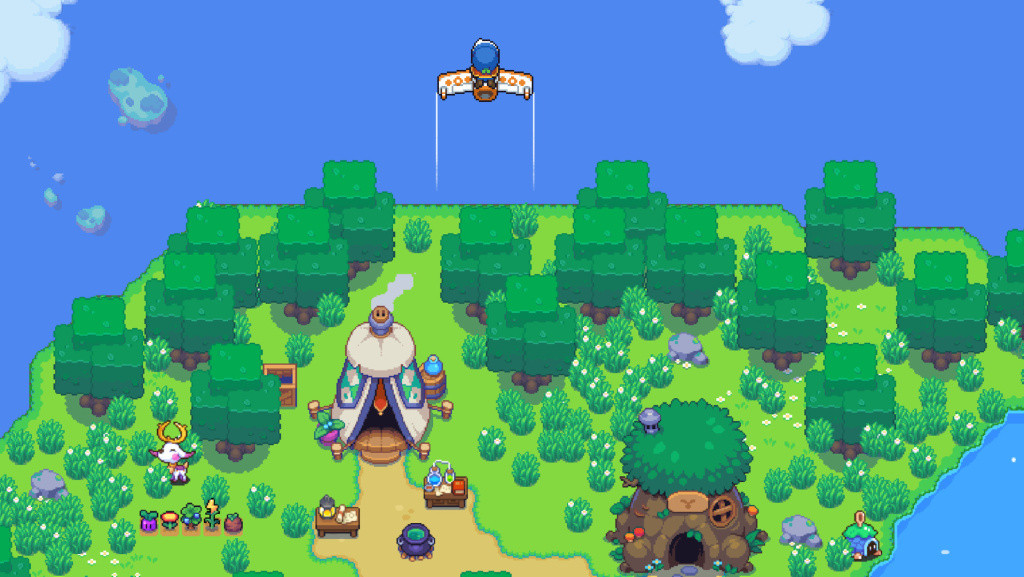
Occasionally, you will receive letters from your parents and other Moonstone Island residents, which usually highlight new gameplay attributes or provide new quests. When you're not crafting items or exploring dungeons, you will spend time interacting with various NPCs. You can talk to them, give them gifts, and take them on dates to increase their heart meter. Eventually, you will become close enough to hang out in their bedrooms.
It all seems quaint in theory, but Moonstone Island in itself isn't as quaint a place to hang out as you would expect it to be. You will only find a handful of NPCs and shops in the area. The most jarring thing about simply wandering through Moonstone Island is the background score, which is non-existent for the most part. It kicks in at random moments, especially when you're exploring the southern part of the island, and is actually pretty good. But for the most part, harvesting crops, chopping wood, and decorating your house is followed by a painful silence, which is very reminiscent of real life rather than a cozy life-sim game. Even the town's inn, which should be the most cheerful place on the island, feels oddly melancholic, thanks to no background music. Talk about a missed opportunity!
Moonstone Island Gameplay
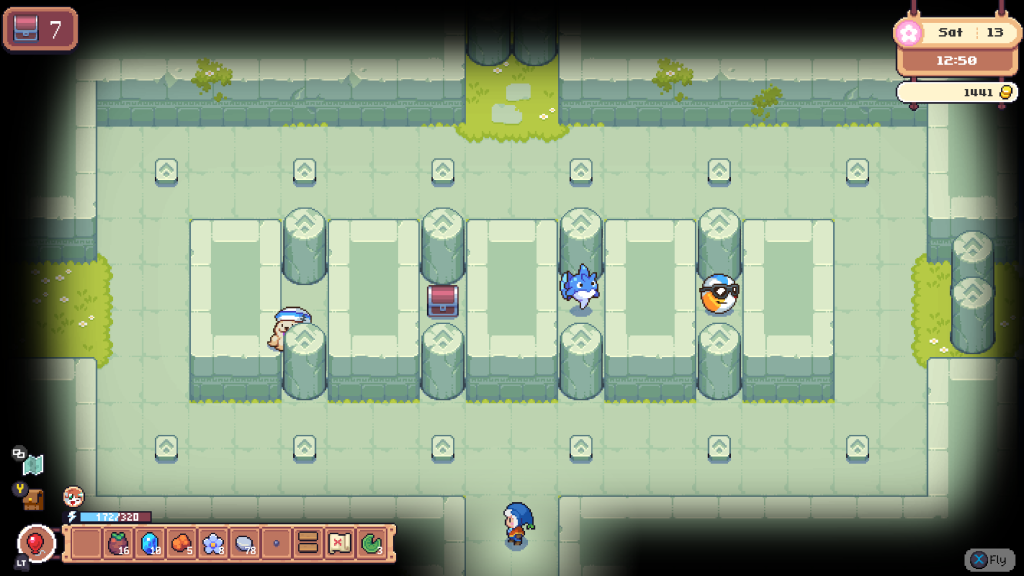
The three pillars of Moonstone Island's gameplay are its life-sim aspects, creature collection, and combat. There are plenty of decorative items, workstations, and other useful tools to craft, some of which actually make exploration more convenient. However, after 10-12 hours, I didn't have much incentive to build anything. Quests become repetitive, but it's primarily because of how dull the main island is. One of the residents, Ferra, actually acknowledges that Moonstone Island is full of oldies, which is one of the reasons why she agrees to go on a date with my character.
Speaking of dates, you can pretty much talk to anyone and ask them out, though the option won't always be available, especially if you didn't show up on the previous date. There's a relationship meter for every character, and it fills up painstakingly slow, which is okay since you have a year to spend there. There's also a neat Relationship section in the menu, which you can use to keep track of future dates and your relationship meter with every character.
As someone who loves going on dates in video games, I was intrigued by this aspect of Moonstone Island. Once you have strengthened your bond with a character, they can invite you for sleepovers. There are some really adorable dialogues in here, and they had me gushing like anything. It's quite wholesome.
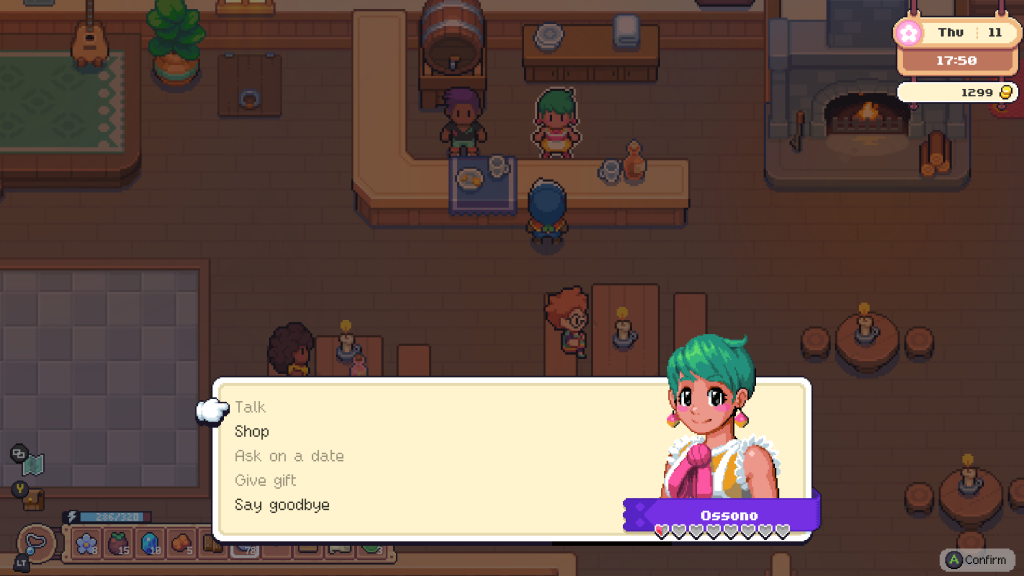
However, I was disappointed with the general interaction and talking works in this game. Talking to people is like throwing a dice. You never know what will happen. If they become happy, your heart meter will increase, and if they become sad, your heart meter will go down. Sure, you get a success percentage next to the three dialogue options, but there was no way of knowing what would happen, so I was a bit reluctant to talk to people, especially the ones I had spent so much building my relationship with.
These interactions felt unfair mainly because they didn't include actual conversations but could randomly affect my relationship with these characters. I wish there was a more meaningful way to interact with other NPCs, one where I wasn't discouraged from talking to them.
As soon as you hop onto your balloon to explore nearby islands, the music kicks in, and Moonstone Island shows its full potential. The islands and the dungeons are procedurally generated, so you probably know what to expect, but they are quite fun to explore. The dungeons, in particular, aren't groundbreaking, but there are enough reasons to explore every nook and cranny (more on that later.) Also, light environmental puzzles and boss encounters feel like a breath of fresh air from the mundanity of Moonstone Island.
Speaking of encounters, Moonstone Island's combat is easily its best part. Just like in Persona and Pokemon, the spirits you tame do the legwork in the combat. Every Spirit possesses a unique skill that is useful in different scenarios, not just involving combat but exploration as well. For instance, one Spirit could increase the speed of your character, while another could increase your chance to tame a Wild Spirit.
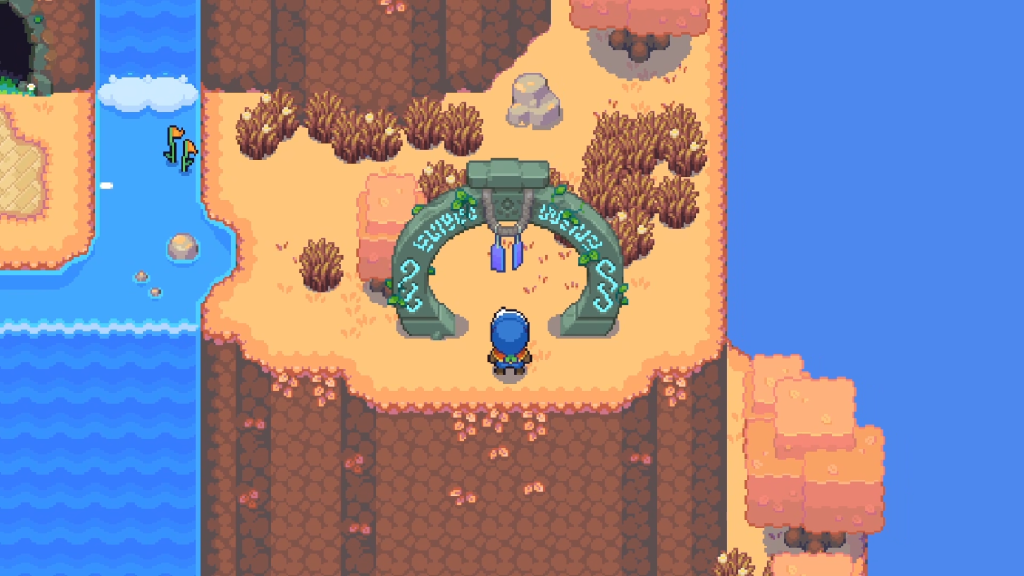
I was surprised by how much I enjoyed the game's deck-building turn-based combat system. While you can choose the card that deals the most damage and breeze through early encounters, later on, it gets very tricky, especially when you face groups of enemies together. These moments forced me to actually strategize and play my cards well instead of selecting the most obvious choices. All of this made winning battles especially rewarding in the latter half of the game. The Pokemon-esque combat system is a tried and tested method, and Studio Supersoft seems to have leveraged it to its best.
Spirits in Moonstone Island are adorable, each with a unique appearance that syncs perfectly well with the game's art style. My favorite remained the Octopus Puppy. Once you have tamed a wild Spirit, they will follow you everywhere until you let them go or ask them to stop following you. Every Spirit also has a different way of walking, and I absolutely adored how each of them hopped behind me wherever I went.
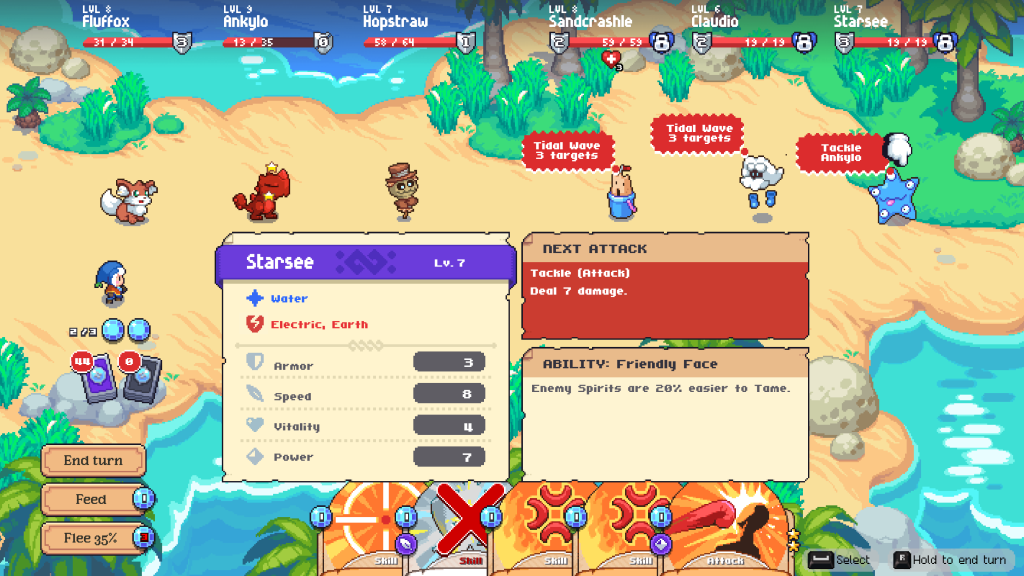
Winning battles will you grant XP, which you can use to level up your Spirits in the Pocket Dimension. You can also feed them and check their cards, among other options. Speaking of leveling up, your character also gets skill points, which you can spend on the game's elaborate skill tree spread across six categories - Spirits, Combat, Archeology, Foraging, and Social.
I was constantly surprised by how much Moonstone Island had to offer once I stepped outside its shores. Dungeon hunting started as an exciting endeavor but quickly became essential because of the Stamina upgrades they offered. Similarly, exploring islands wasn't about hunting for resources and crafting recipes anymore. It was about finding these shrines for talismans that could upgrade my Spirits. There was also always the excitement of stumbling into a new rare Spirit that I could tame and add to my collection.

 No ads, our video library,
No ads, our video library,
